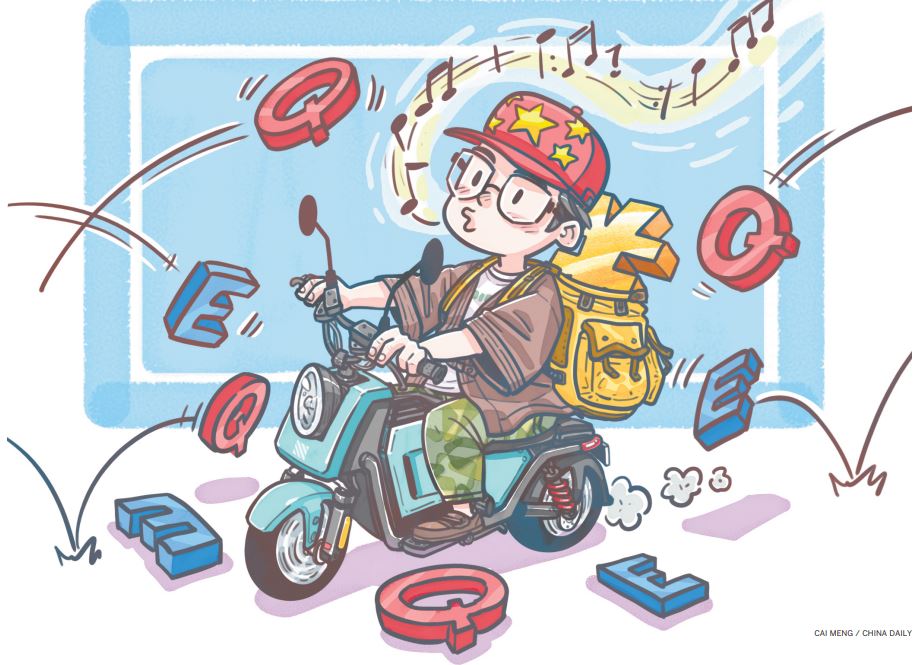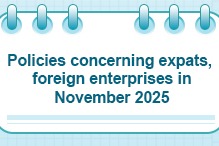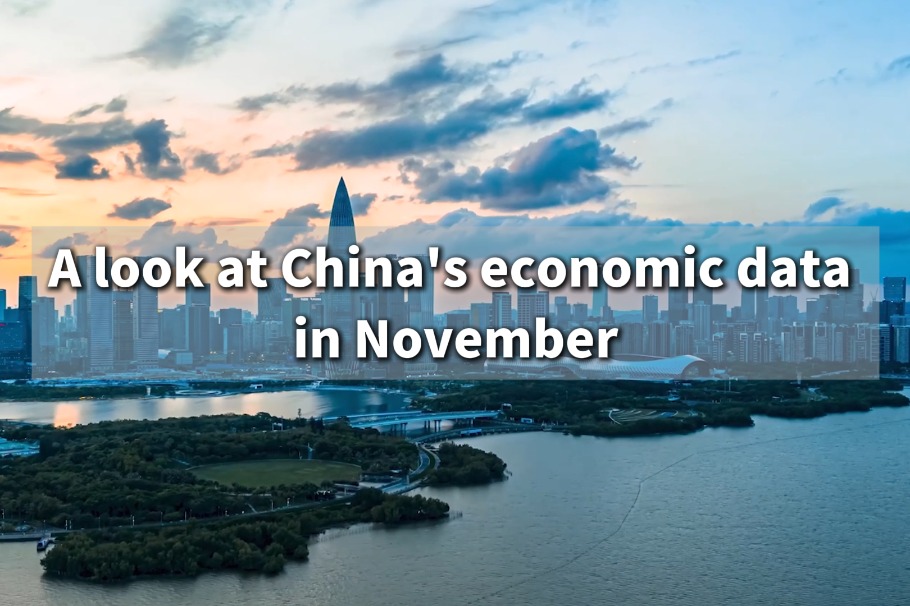Rational monetary policy key to going forward


China is not yet adopting a broadly loose monetary policy. We expect that there will not be interest rate cuts this year, as macroprudential goals such as keeping the leverage ratio under control, defusing financial risks and guarding against property bubbles are still part of government consideration.
The Chinese government is not overly worried about a general slowdown of the economy. As a matter of fact, fiscal policy has remained relatively tight. If the government begins to worry about an economic slowdown, it can act by accelerating the issuance of local government bonds and loosening control over local government debt. These would be easy approaches, and do not necessitate the need to resort to monetary policies such as cutting interest rates.
Our take is that China will not further loosen its monetary policy this year. There will be some steps regarding liquidity. But if the economy exhibits a notable slowdown, or the government begins to worry about malaise, more measures on the monetary policy front are likely to take place starting in the second quarter of next year.
There are worries that the Chinese economy will lose its growth momentum. Our take is that after a fast economic rebound, a slowing growth rate is inevitable because the country's potential growth rate is still on track to slow down. Currently, China's potential growth rate stands between 5.5 percent and 6 percent. And we believe the growth rate for next year will exceed this target range.
Therefore, we believe that macroeconomic policy will remain broadly stable next year. And it is possible that when other central banks are tightening their policies, China will make some policy maneuvers in due time.
After the COVID-19 situation, the United States has adopted quantitative easing. We would like to explain the impact of this round of QE on the global economy and international markets. QE, together with US fiscal stimulus measures, are efforts the US has adopted to cushion the pandemic's impact and help with economic recovery, which is crucial for reducing economic contraction. However, the QE adopted by the US this time is very different from what the country did during the global financial crisis more than a decade ago, as it reflects the role of the financial market.
Last year, when financial markets were faced with high levels of uncertainty and the real economy contracted sharply due to the pandemic, the US market and liquidity started to freeze up. Against such a backdrop, the US started a round of ultra quantitative easing, the size of which was much larger than the one in 2008. The action was the result of a sudden market freeze and contraction. Therefore, I believe the biggest impact from this round of QE in the US is not stimulating economic growth. There are plenty of other measures to boost growth such as fiscal policies. The most important purpose of this round of QE was to ensure global financial markets operate normally and to avoid a series of reactions that may result from a decline in US financial markets, which may trigger a financial crisis in emerging markets. This is the result of this round of QE.
The QE adopted by the US has also left more room for policies for other central banks so that they can loosen their monetary and fiscal policies instead of worrying about negative effects caused by exchange rates. Some emerging markets have also adopted QE measures. This is another positive impact of US monetary policy.
The extent that QE helps with economic recovery should not be overestimated. So far, the US economic recovery can mainly be attributed to the impact of fiscal stimulus as well as the country's growing control over the contagion. Especially after vaccine rollouts, containment measures against the pandemic have been gradually removed. This has effectively helped with work and production resumption and normalization. The economic recovery seen in the US and Europe is largely attributable to the removal of containment measures and stronger confidence resulting from pandemic control. We believe the biggest impact of QE is to keep markets stable in the initial stage and help financial systems operate normally.
Here, I would also like to discuss China's monetary policy. Over a year ago when China was first hit by the novel coronavirus, Chinese authorities and central banks acted swiftly and released liquidity of up to 3 trillion yuan ($460 billion). Such liquidity mainly helped with maintaining economic normalcy and transactions, and kept the entire financial system afloat. The People's Bank of China, the central bank, later acted to support relending facilities, cut the reserve requirement ratio and other lending tools and allowed for more loan deferrals. These were all very important steps.
China was also among the first to launch monetary policy normalization. Yi Gang, governor of the PBOC, said at a forum in June 2020 that China is considering adjusting monetary tools. Later, the signal could be evinced as verifiable after tracking the mild rise in short-term interest rates.
The sharp rise of commodity prices this spring has sparked worries about inflation. Some believe it is the result of QE and will have a huge impact on China. Yet we believe the rise in commodity prices is mainly the result of uneven supply and demand, and is not the result of monetary policies. Therefore, there is no need to use monetary tools to counter the trend.
Going forward, there now exists an important temporal window of opportunity for monetary policy normalization. China should prioritize domestic economic dynamics for the monetary policy instead of considering too much about responding to the QE impact from the US. The reason for this is that China's economic cycle is different from that of the US. China was hit by the pandemic much earlier than the US, yet it was also among the first to step out of economic contractions. Second, while China acted faster in controlling the pandemic, the country's policy stance also needs to include other considerations, such as guarding against financial risks. Therefore, China's monetary stance was not too loose from the outset and also began its normalization earlier than other countries.
The comment is part of Wang Tao's speech delivered at a seminar organized by the China Macroeconomy Forum. Wang is the head of Asia economics and chief China economist of UBS Investment Bank.
The views don't necessarily reflect those of China Daily.




































